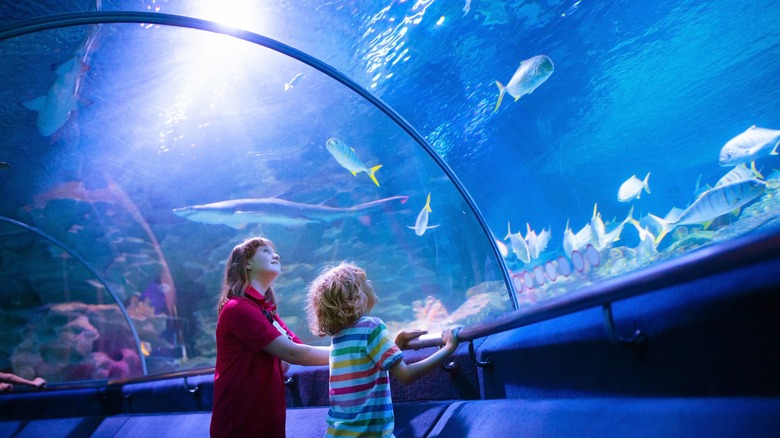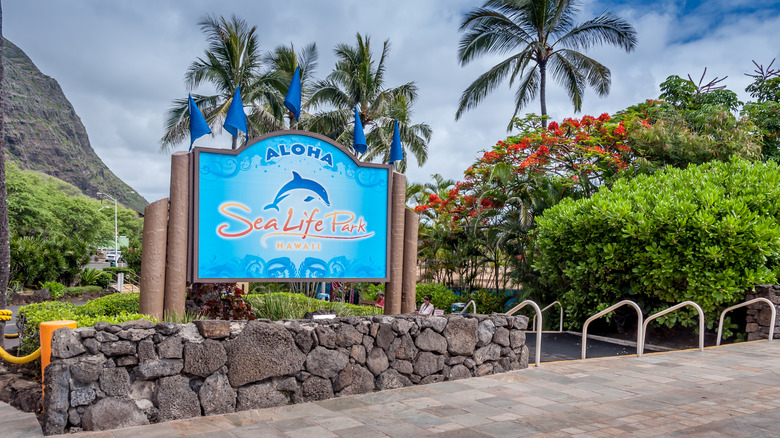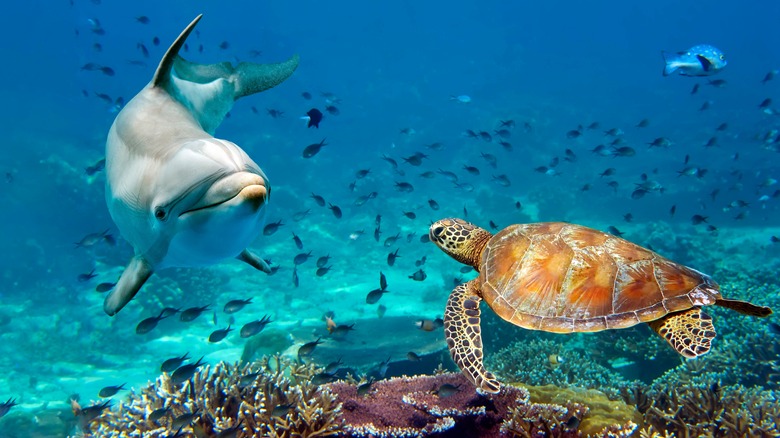Hawaii's Most Popular Marine Mammal Park Is An Iconic Attraction, But Should You Visit It?
Hawaii is renowned for its breathtaking natural beauty, from lush rainforests to crystal-clear waters teeming with marine life. Visitors from around the globe flock to the islands to witness dolphins, sea turtles, and whales in their natural habitat. One of the most well-known attractions for viewing these majestic creatures is Sea Life Park in Oahu. However, while the idea of encountering such wildlife up close can be incredibly alluring, the reality of life for the animals in captivity at this park raises serious ethical concerns.
The U.S. Department of Agriculture, responsible for enforcing the federal Animal Welfare Act, once filed an official complaint against Sea Life Park. The complaint cited the park's failure to provide adequate veterinary care for sick animals and to maintain its facilities properly. Though this complaint was filed over a decade ago and the case was eventually settled, reports from locals suggest that the park's conditions have not significantly improved. Since then, the USDA has been fining them over the mistreatment.
Beneath the surface at Sea Life Park
Despite Sea Life Park's popularity, the situation for the marine animals confined there is far from ideal. The park's troubled history began shortly after its founding in 1964 when a false killer whale tragically died due to an overdose of tranquilizers. Since then, numerous allegations have surfaced, many from former staff members, highlighting ongoing issues of abuse and neglect within the park. Some of the most disturbing reports include managers physically abusing animals, leaving sea lions trapped in drained tanks, and failing to provide adequate shade and nourishment for the animals.
Even with these serious allegations, Sea Life Park continues to operate, drawing crowds of visitors each year. Shockingly, the park has surpassed even SeaWorld San Diego and Miami Seaquarium in the number of cetacean deaths, despite having far fewer marine mammals and being in operation for a shorter period. According to the Dolphin Project, as of June 2022, 144 cetaceans have died under Sea Life Park's care. This troubling record raises questions about the ethics of supporting such a facility.
Ethical alternatives in Oahu
For animal lovers who wish to enjoy Hawaii's marine life without endorsing an abusive establishment, there are plenty of ethical alternatives to explore in Oahu. Whale-watching tours offer an awe-inspiring opportunity to observe these magnificent creatures in their natural habitat, where they are free to swim and thrive as they were meant to. If swimming with dolphins is on your bucket list, consider joining an eco-friendly excursion that allows you to snorkel alongside wild dolphins in the open sea, respecting their freedom and natural behavior.
Another enchanting experience is visiting Laniakea Beach, also known as Turtle Beach, on Oahu's North Shore. This pristine beach is famous for its crystal-clear waters and frequent sightings of sea turtles, who often swim alongside visitors or sunbathe on the sandy shores. For those interested in conservation, Oahu is soon to open its very first full-time Turtle Care Center, dedicated to the emergency care and rehabilitation of these beloved creatures.
While Sea Life Park remains a popular attraction in Hawaii, the dark history and ongoing concerns about animal welfare cast a shadow over its appeal. By choosing to support more ethical and eco-friendly alternatives, visitors can still experience the magic of Hawaii's marine life without contributing to the mistreatment of these majestic animals. Whether it's watching whales breach the ocean's surface, snorkeling with wild dolphins, or simply basking in the beauty of Turtle Beach, there are countless ways to connect with nature that align with a commitment to protecting it. In the end, it's not just about the memories we make, but the impact we leave behind.


